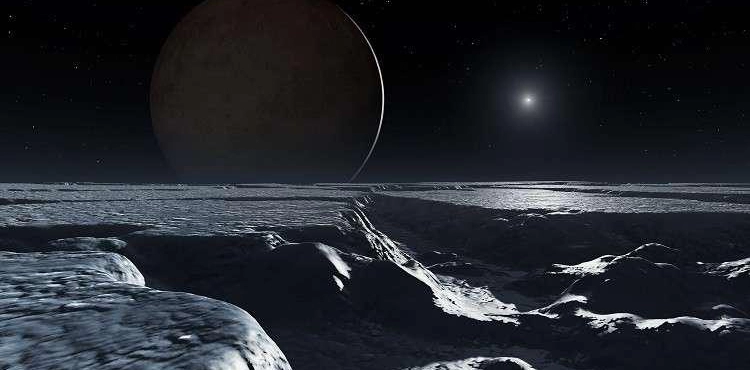Gaza _ Agencies
A new study found that Pluto´s surface was one day home to glaciers stretching from frozen nitrogen.
The modern appearance of the planet includes terrain formed through ancient glaciers, where floating debris in frozen nitrogen, about 4 billion years ago, stabilized in a unique formation to create terrestrial formations when glaciers disappeared.
The rapidly changing weather in Pluto´s primitive atmosphere has caused the ice to recede into a process in which the solids turn directly into gas. These rugged appearances, seen by NASA´s New Horizon vehicle, were quickly created.
The researchers explained that the analysis of the different nozzles indicates that the glaciers of nitrogen, formed and disappeared in the early stages of the history of the emergence of Pluto.
In the study published in Nature Aststronomy, the researchers found that the unusual terrain can be seen in the generally low-altitude areas with little light in the vicinity of "Sputnik play´".
The "Sputnik play´a" is a large ice-covered basin on the surface of Pluto, which has a distinctive surface with irregular parts, approximately 20 km away.
Using the data images taken by the spacecraft, researchers were able to study the rugged areas in great detail.
The analysis conducted by astronomers at the SETI Institute, California, identified the topography "´ Washbod´" as a series of hills with peaks ranging from 0.6 to 1.2 miles (1 to 2 km).
The researchers observed evidence of this phenomenon in the flat areas between the hills and the foothills of the valley, north-west of "Sputnik planet´".
In contrast, complex terrain of high altitude (more than 2 km) was found, previously found in the land between the basins and valleys to the northwest of the "Sputnik itay".












